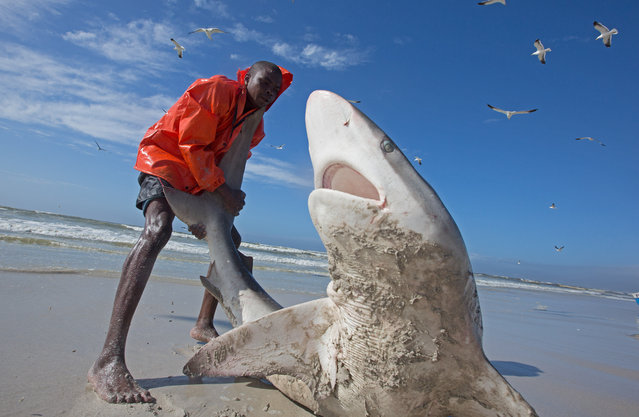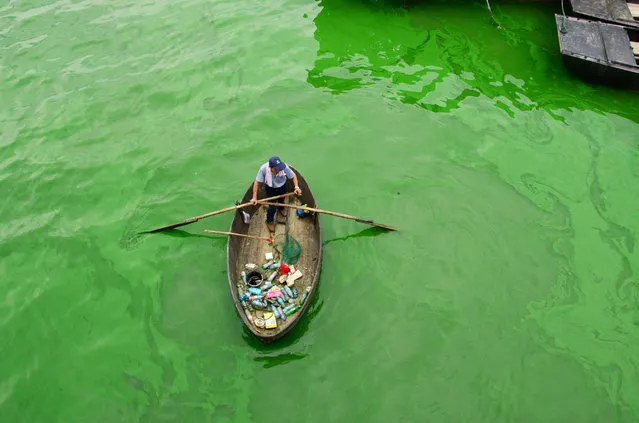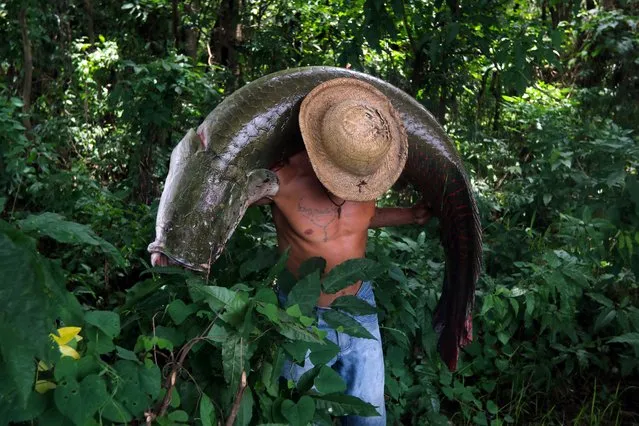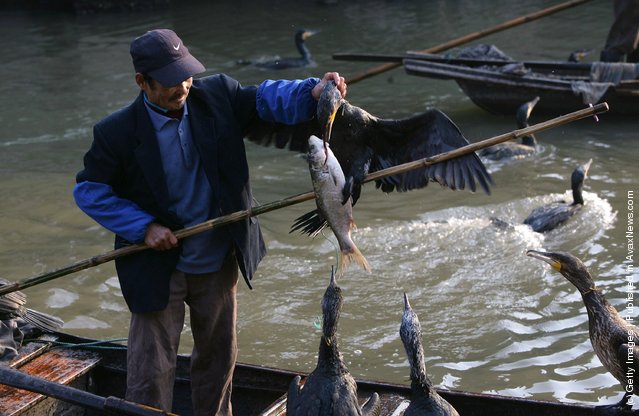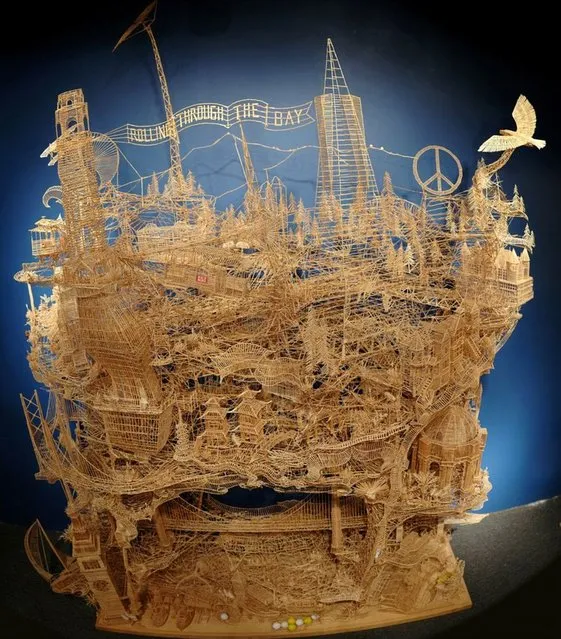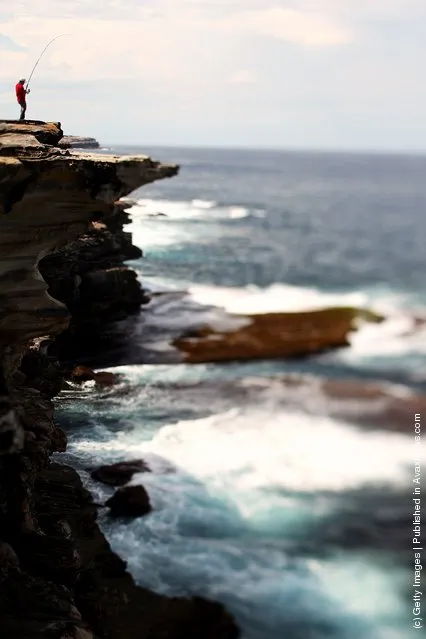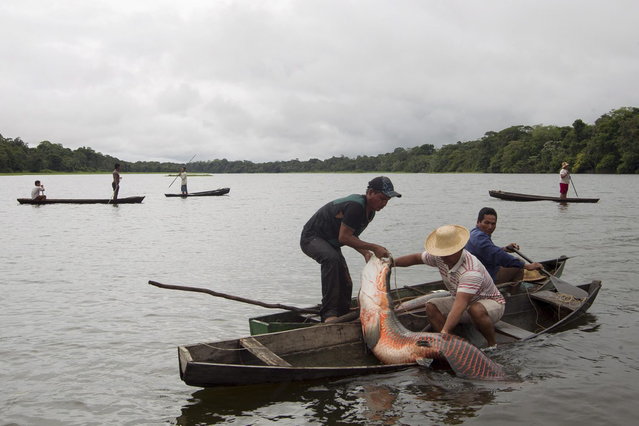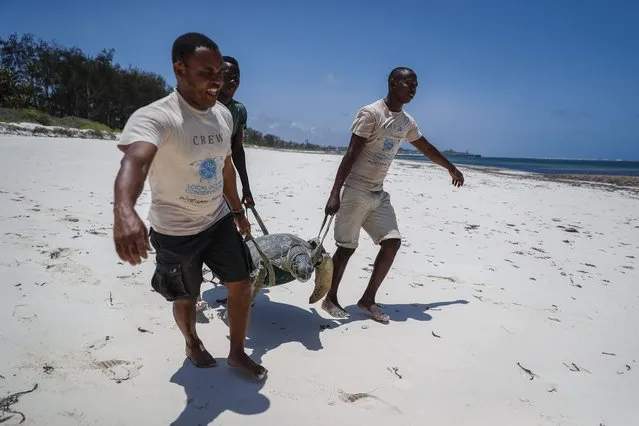
Fikiri Kiponda, left, and Wilson Saro, right, carry a green turtle that was unintentionally caught in a fisherman's net, before releasing it back into the Watamu National Marine Park on the Indian Ocean coast of Kenya Wednesday, September 22, 2021. A former accountant, Kiponda and the Local Ocean Conservation group rescue sea turtles that have been caught in fishermen's nets, and then release them back into the marine park or treat injured ones at a rescue center until they are fit. (Photo by Brian Inganga/AP Photo)
29 Oct 2021 08:56:00,post received
0 comments

